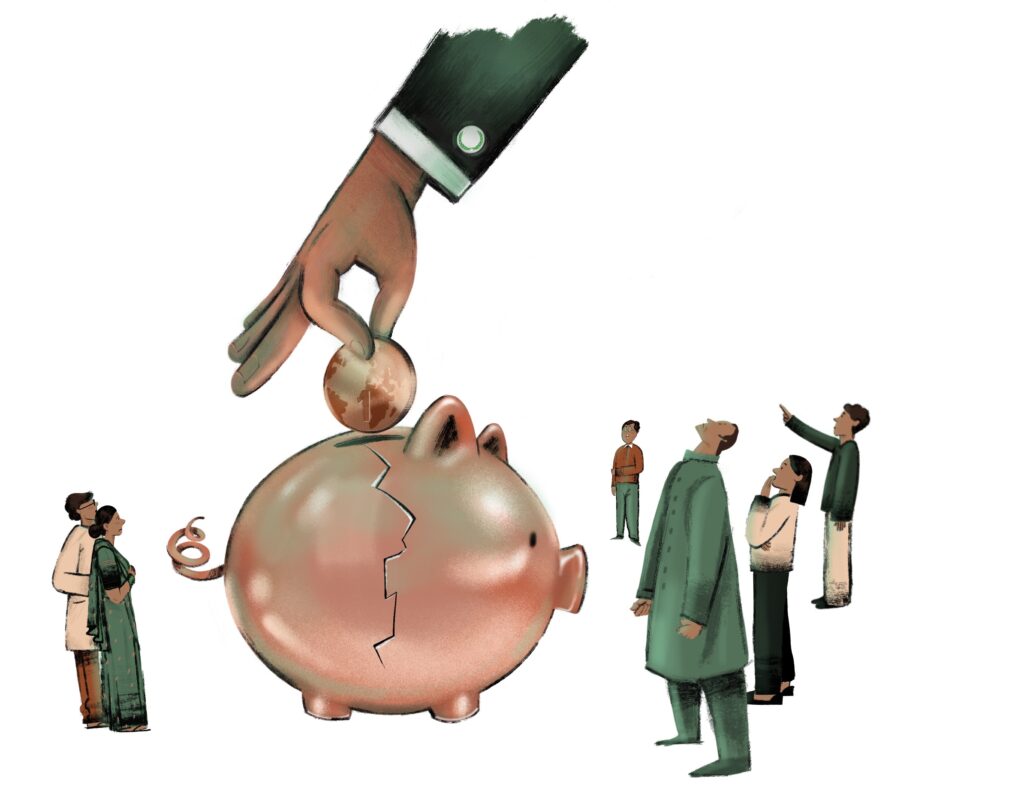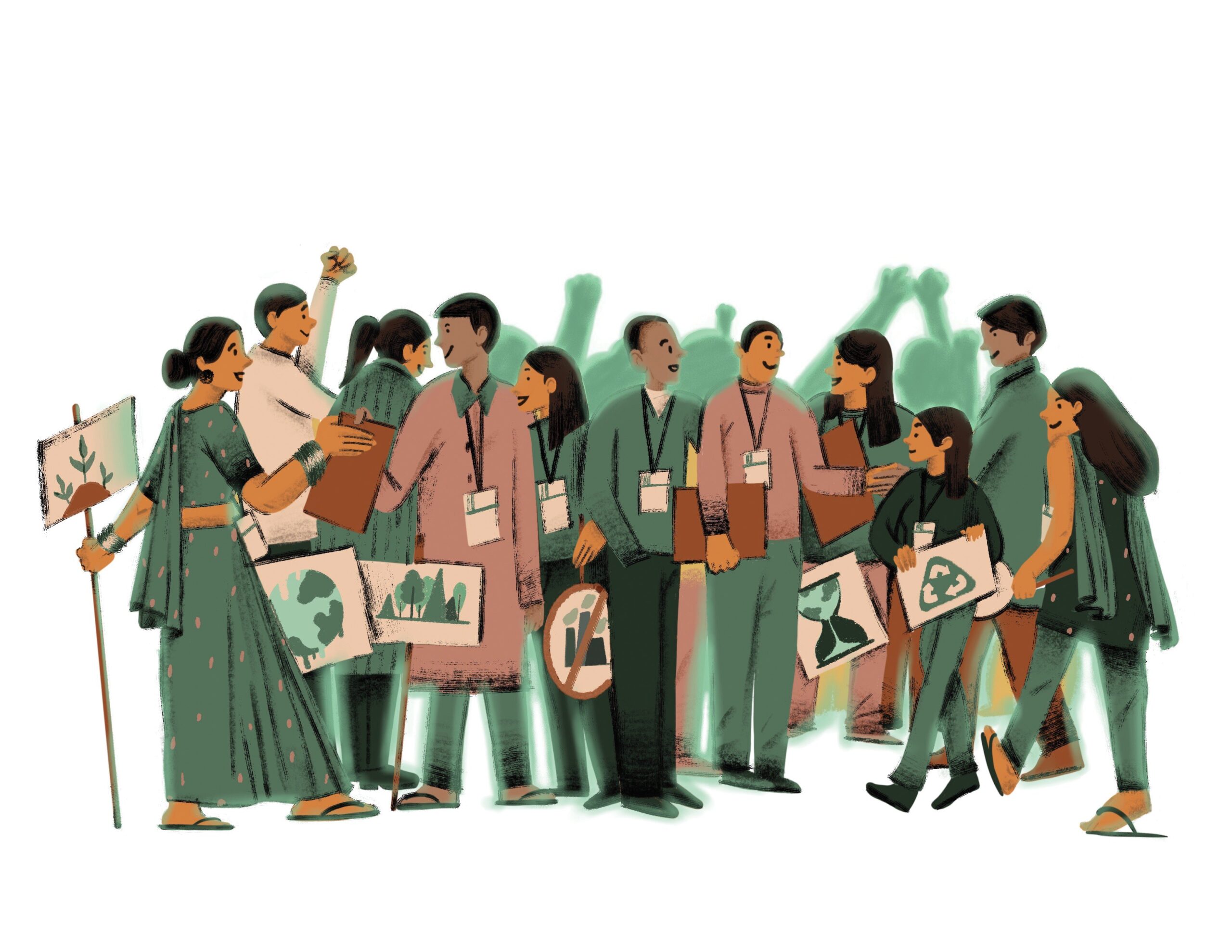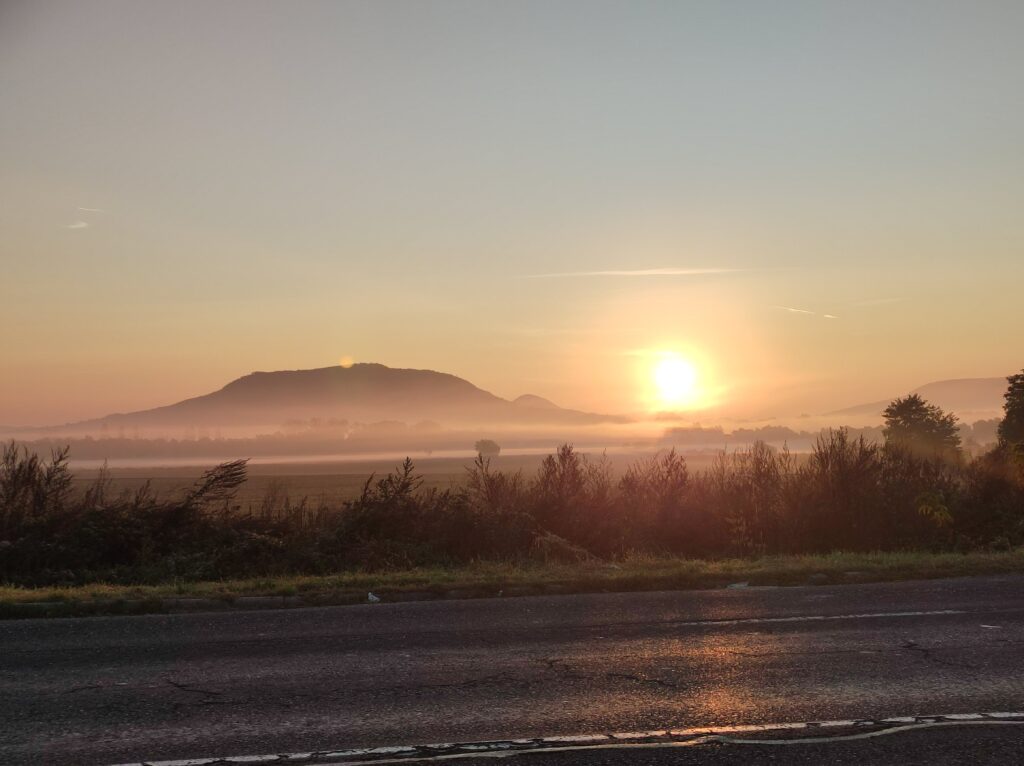But first, what is a COP? The Conference of the Parties (COP) is an annual meeting of all countries that are parties to the United Nations Framework Convention on Climate Change (UNFCCC). And the UNFCCC is an international treaty adopted in 1992 to address climate change. It provides the framework for international cooperation on climate action, and the COP is the “supreme decision-making body of the Convention”.
The COP’s main goals are to assess global progress in reducing greenhouse gas emissions, adapt to the impacts of climate change, and provide finance, technology, and capacity-building support to help countries reduce their emissions and build resilience to climate change. I work on technologies that help with the first two goals, as well as being active in the climate change literacy space.
The annual conferences are an opportunity to review Parties’ progress against the overall goal of the UNFCCC to limit climate change and to negotiate new measures. In my time, I have attended several climate COPs and have often faced this question: is it really worthwhile attending these meetings?
Reality check
Civil society representatives register for COPs as ‘observers’. The original idea behind the concept was that civil society would act as a watchdog in these annual review and planning meetings and bring the voices of vulnerable and disenfranchised communities from across the world to the negotiations table.
There exist civil society networks with the sole purpose of following and trying to positively influence the UNFCCC negotiations. They do this all year round, not just at the time of the annual COP. Grassroot NGOs often do not have the bandwidth to do this, but try to convey their challenges and asks through such networks.
COP17 held in Durban, South Africa, in 2011 was the first one I attended. At the time, I headed a cooperative of NGOs that were spread across Asia and trying to bring carbon finance to grassroot level projects in the region. It was while representing this international organisation that I encountered and connected with COP-attending Indian civil society for the first time. In 2011, the Indian government and civil society were on the same page about the international discourse on climate change. Every evening one of the Indian negotiators updated the Indian observers about the ongoing discussions.
In hindsight, I now think this was perhaps the first COP where civil society members across the board started becoming disillusioned with the UNFCCC process. A couple of years earlier at COP15 in Copenhagen, Denmark, global civil society representatives were present in large numbers, filled with positivity and hope. Barack Obama had recently become the US president and was bringing the country back into climate action. The COP attendees fervently believed that he could and would motivate all developed countries to take bolder actions to solve the climate crisis and fulfill the commitments under the Kyoto Protocol—which was adopted in 1997 (but entered into force only in 2005) and set binding targets for industrialised countries and economies in transition to reduce greenhouse gas emissions.
But the COP15 declaration just contained platitudes with no real action agenda, and civil society members across the world felt betrayed. The next COP in Cancun, Mexico, in 2010 also did not reach any consensus on the pathway post-Kyoto Protocol, although a green climate fund did get established.
At COP17 global civil society had to finally come to terms with the facts that the Kyoto Protocol was a failure, financial commitments were being made but not fulfilled, and no global consensus seemed possible on the way forward. It was also obvious that even though the protocol was ‘legally binding’, there were not going to be any ‘penalising’ consequences for developed countries who failed to meet their commitments.
On the other hand, developing countries were now being pressured to primarily take on the burden of emission reductions. The message was loud and clear—the most powerful governments of the world were simply not interested in genuinely addressing climate change.

Alarm bells ringing
Life went on for me with my teaching and outreach work, but I got pulled into the world of global climate negotiations again, when I had an opportunity to attend COP24 in 2018. It was held in Katowice, Poland, and this time I was representing an Indian civil society organisation that had been an observer since COP1.
I noticed several changes compared to COP17. First, by this time the Paris Agreement—another legally binding treaty, with the goal of limiting global warming to “well below 2°C above pre-industrial levels” and ideally to cap it at 1.5°C—had been signed (2015) and ratified (2016), but had not yet officially come into force. However, history had repeated itself, with the US pulling out from yet another global climate agreement. Second, participants from Indian civil society no longer seemed to enjoy a camaraderie with the Indian government negotiators.
Third, I saw that observers were no longer mostly civil society, but increasingly for-profit organisations—some enterprises in the renewable energy, waste management, and other sectors, but a disturbingly large number of fossil fuel companies. It was also ironic that Katowice was a coal mine city—the COP venue was a stadium built on the site of an old coal mine, and the Polish head of state declared in the inaugural address that they would not give up coal in the near future.
I have attended the last three COPs—Sharm-el-Sheikh, Egypt (2022), Dubai, United Arab Emirates (2023), and Baku, Azerbaijan (2024). All these locations were fossil fuel-driven economies. While negotiators haggle over the emission reduction and financial targets of the Paris Agreement, the presence of a large number of fossil fuel company executives is now normalised. The Indian government delegation no longer acknowledges Indian civil society presence, but embraces representatives of the Indian business ecosystem instead. And for civil society organisations, COP is increasingly just a means to interact with like-minded people across the globe, to form new connections and possibly initiate new efforts to deal with their own climate-changed realities.
Silver lining
The 2025 meeting (COP30) will take place in Belém, Brazil. Greenhouse gas emissions have steadily increased through the past three decades, although the rise would have been more rapid without the UNFCCC process. Vulnerable communities, such as those in the small island nations and coastal regions of the Indian Ocean, are suffering more and more hardships, but whatever little financial and technical support they are getting, would not exist without the UNFCCC. While it is valid to question the relevance of UNFCCC and COPs, we also must ask—what other mechanism is there to achieve any kind of international cooperation to deal with this global crisis?
Each COP I attended exposed me to different perspectives and solutions, and ways to cope with the stress and frustration commonplace in this sector. I forged friendships with folks from different countries, and found the inspiration and strength to keep going. I came back from every COP with new ideas, and new resolve. These encounters positively influenced my own work, and therefore the lives of those touched by my work.
Climate change is a global crisis. As we grapple with climate-induced challenges locally, it helps to place these struggles in an international context, and to see ourselves as a part of a global community trying to survive. The annual COPs help keep this community hopeful. This may not ‘solve’ the climate crisis, but it does help with ‘coping’ with the outcomes of the crisis And that is reason enough for me to keep attending climate COPs.






